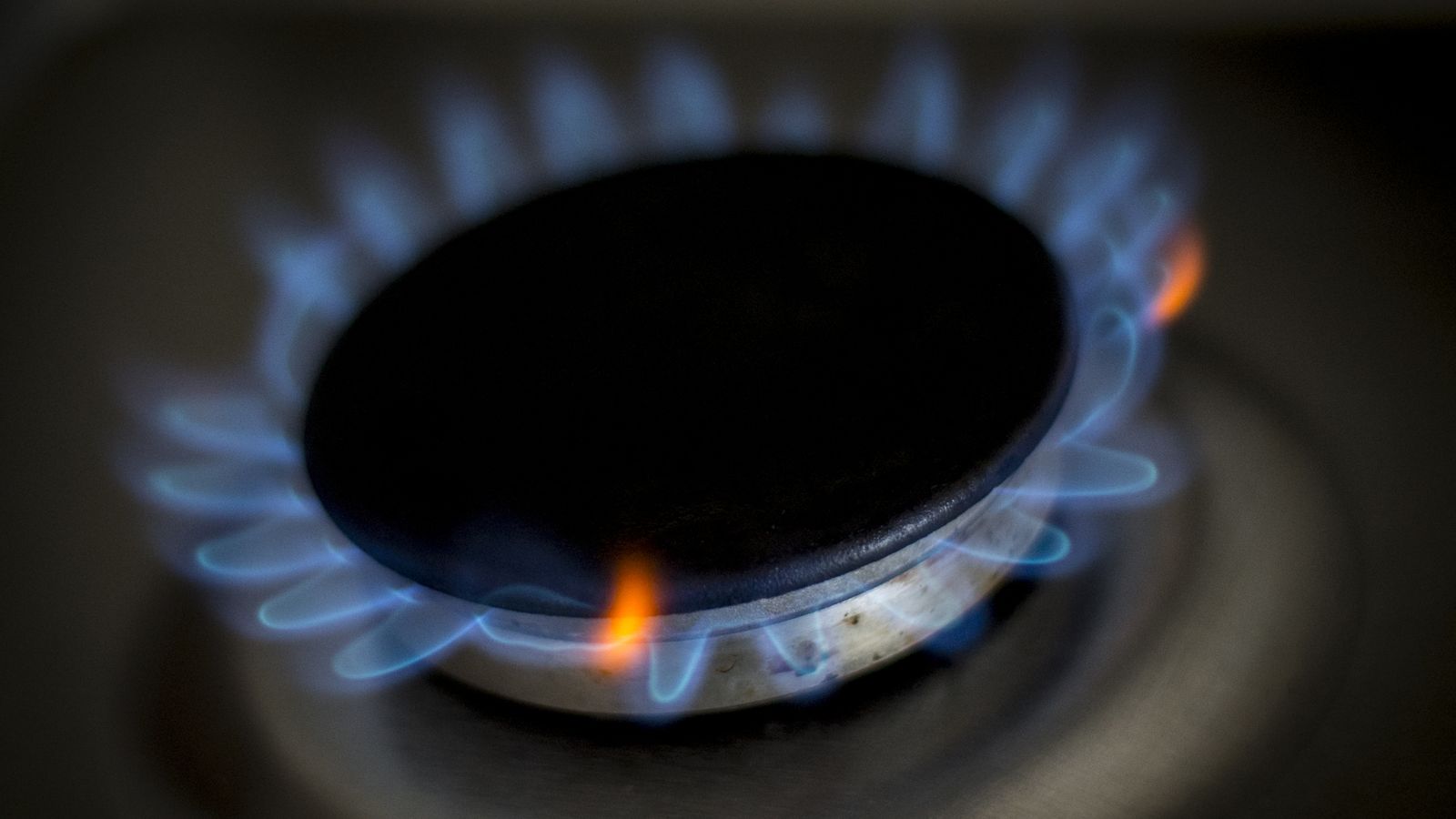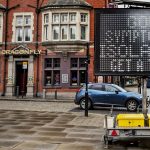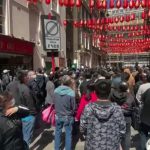The rate of inflation more than doubled in just one month to 1.5% during April, posing a price rise challenge to the Bank of England amid the fragile economic recovery from the coronavirus crisis.
The Office for National Statistics (ONS) said the consumer prices index measure rose from 0.7% in March.
The increase was driven, the report said, by rising household utility, clothing, and motor fuel prices.
Inflation is surging in western economies following over a year of COVID-19 disruption.
The CPI measure stood at just 0.2% in February.
Financial markets have taken fright in recent weeks over fears crisis era central bank support will be gradually withdrawn, through interest rates being raised from rock bottom levels, to counter the pace of price increases.
But custodians of central banks, including those in the US and the governor of the Bank of England, have signalled that they see the inflationary picture being dominated by “transitory” – not permanent – price movements.
Instead, they see prices being distorted simply by life getting back into gear.
Bank of England chief Andrew Bailey told a committee of peers on Tuesday that there is no strong evidence yet that rises in prices paid by manufacturers are feeding through into the consumer prices.
Any hike in interests rates, aimed at countering price rise movements, would make borrowing more expensive and risk choking off economic growth at a time when the country is recovering from its worst annual slump in more than 300 years.
Please use Chrome browser for a more accessible video player
At an annual rate of 1.5% the CPI measure is nearing the Bank of England’s target of 2% and economists forecast it will smash past that when the next update is delivered in a month’s time as prices for air travel, domestic accommodation and package holidays leap in response to rebounding consumer demand.
ONS chief economist, Grant Fitzner, said of the current picture: “Inflation rose in April, mainly due to prices rising this year compared with the falls seen at the start of the pandemic this time last year.
“This was seen most clearly in household utility bills and clothing prices.
“As the price of crude oil continues to rise, this has fed through to the cost of motor fuels, which are now at their highest since January 2020.”
The ONS data showed motor fuel inflation rising at its fastest pace for more than four years.
A £96 increase in the so-called default tariff price cap during April contributed to the rise while clothes shops also increased their prices last month as non-essential retail reopened.
Mr Bailey said earlier this month that while the Bank sees inflation rising to 2.4% by the year’s end, driven largely by energy costs, it is expected to fall back below the 2% target soon after as price increases unwind.
Howard Archer, UK economist with forecaster EY Item Club, said: “With inflation set to pick up further over the coming months and the economy looking poised for decent recovery from the second quarter, attention is increasingly focusing on when the Bank of England could start to tighten monetary policy rather than will the Bank provide further stimulus.
“However the Bank of England did not appear to be in a hurry to tighten policy in the minutes of the May MPC (monetary policy committee) meeting.”






















